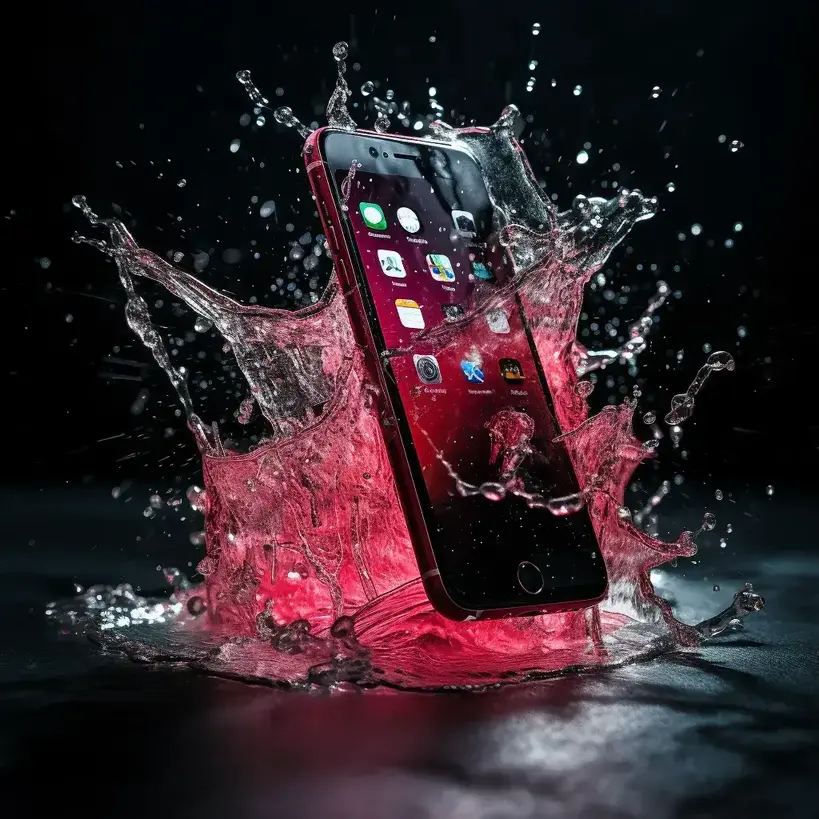What is an IP code?
The IP code is a standardised code that indicates the level of protection a device offers against the ingress of solid objects and liquids. These codes are crucial for choosing the right equipment, particularly in demanding environments.
Understanding the first digit (solid particle protection)
- IP0X: No protection.
- IP1X: Protected against solid objects larger than 50 mm.
- IP2X: Protected against solid objects larger than 12 mm.
- IP3X: Protected against solid objects larger than 2.5 mm.
- IP4X: Protected against solid objects larger than 1 mm.
- IP5X: Protected against dust.
- IP6X: Fully protected against dust.
Understanding the second digit (liquid ingress protection)
- IPX0: No protection against water.
- IPX1: Protected against vertical drops of water.
- IPX2: Protected against falling drops of water up to 15° from the vertical.
- IPX3: Protected against rainwater up to 60° from the vertical.
- IPX4: Protected against splashing water from any direction.
- IPX5: Protected against water jets from any direction.
- IPX6: Protected against jets of water from any direction from a hose or against waves.
- IPX7: Protected against immersion up to 1 metre for 30 minutes.
- IPX8: Submersible equipment under specified conditions (prolonged immersion) beyond 1 metre for 30 minutes.
Which IP is waterproof?
In general, outdoor lighting products will have maximum protection against the ingress of solids and/or liquids. Outdoor lighting is often rated IP65, IP66 or even IP68. Be sure to consult the table of IP codes to understand exactly what certifications your device has.
In conclusion, IP codes are essential to ensure that your equipment operates correctly under the intended conditions. By understanding these codes, you can make more informed decisions when purchasing equipment, whether for domestic or professional use. Don’t forget to check the IP code of your equipment so that you can use it with confidence, whether indoors or outdoors.
